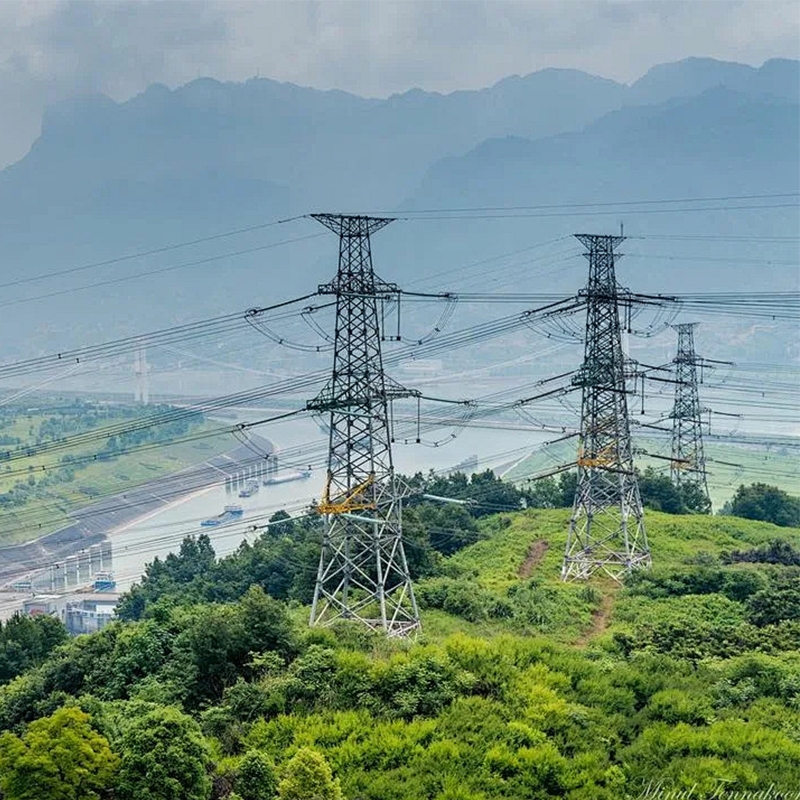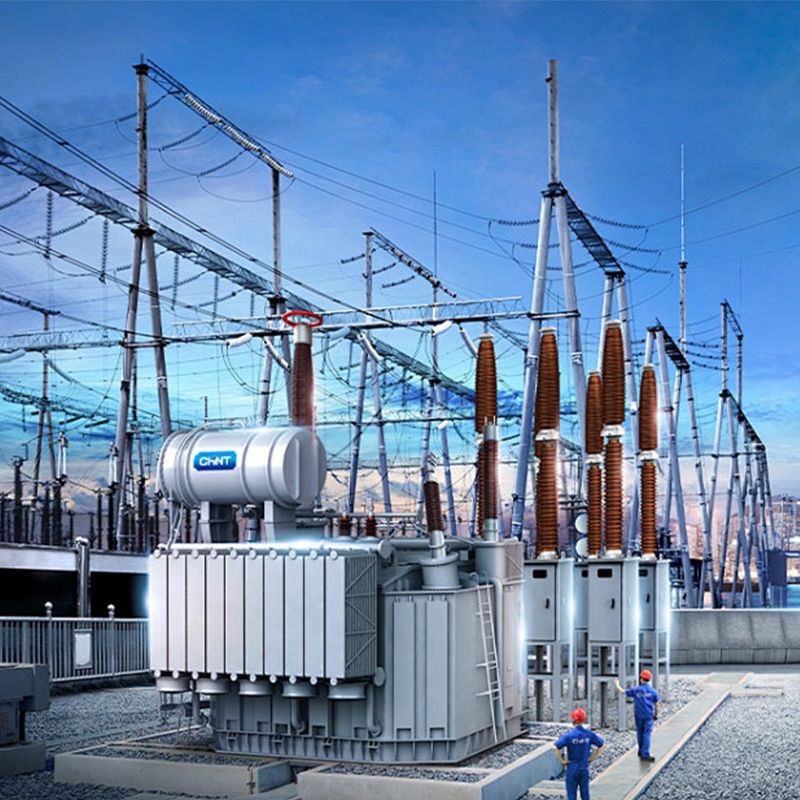The working principle and basic knowledge of transformers
I. Types and Components of Power Transformers
By phase number: single-phase, three-phase
By cooling method: dry self-cooling, air cooling, forced oil circulation air cooling/water cooling
According to the voltage regulation mode: on-load voltage regulation and no-load voltage regulation
By insulation class: A, E, B, F, H
Main components
Core, winding, bushing, oil tank, oil conservator, radiator.
2. Wiring group of transformer winding
Wiring method of Y0/Δ11:
High-voltage side (Y connection) : A-X, B-Y, C-Z
Low-voltage side (Δ connection) : a-x-b-y-c-z
Potential vector diagram: Star-shaped on the high-voltage side, triangular on the low-voltage side, with the low-voltage side lagging behind the high-voltage side by 30°.
Iii. The Mystery of Excitation Inrush Current
Definition: Transient current in the winding during full-voltage charging (up to 6 to 8 times the rated current).
Cause: The superposition of residual magnetic flux and voltage magnetic flux leads to core saturation.
Features: It contains DC and high-order harmonic components. The attenuation time is approximately 5 to 10 seconds for large capacities and about 0.2 seconds for small capacities.
Iv. The Necessity of Transformer Impulse Tests
Objective: To verify the insulation strength and inrush current resistance capacity.
Frequency: 5 times for new transformers and 3 times after major overhauls.
V. Three Ironclad Laws for Parallel Operation of Transformers
The transformation ratio is equal.
The short-circuit voltages are equal.
The wiring groups are the same.
Consequences of violation: balanced current, capacity waste, equipment burnout!
Vi. The uniqueness of Autotransformers
Features: There is an electrical and magnetic connection between the primary and secondary sides, with a small size and low cost.
Operation note: The neutral point must be grounded to prevent overvoltage and short-circuit current.
Vii. The Secrets of Pressure Regulation Methods and Taps
On-load voltage regulation: Dynamic regulation during operation (line end/neutral point).
No-load voltage regulation: Regulation during power-off maintenance.
The position of the tap: mostly on the high-voltage side (with low current and easy insulation handling).
Viii. Over-excitation: The Hidden Killer of Transformers
Cause: Voltage ↑ or frequency ↓→ magnetic flux saturation.
Consequences: Iron loss ↑, overheating, insulation aging.
Protection: Limit voltage and install over-excitation protection.
Ix. Safety Guardians of Transformers
Oil pillow: Buffers the volume change of oil and prevents oxidation.
Moisture absorber: Silica gel absorbs moisture (replace when it turns red). Explosion-proof pipe/pressure valve: Pressure relief protection in case of internal failure.
Gas protection: Light gas alarm, heavy gas trip. X. Core Differences of Transformers
Current transformer: The secondary side is open-circuited, which is equivalent to a current source.
Voltage transformer: Short circuit on the secondary side is prohibited, and it is equivalent to a voltage source.
Xi. Overload Rules for Transformers
Normal overload: Equivalent aging of lifespan, hot spot temperature ≤140℃.
Accident overload: Sacrificing service life to ensure power supply, current ≤2 times the rated value.
Twelve. The Necessity of Neutral point Grounding
Autotransformer: Prevents overvoltage on the low-voltage side.
Graded insulation transformer: The neutral point insulation level is low and it must be grounded.
Thirteen. Temporary Switching of gas protection
Signal reconnection scenarios: oil filtration, maintenance, DC grounding, severe oil leakage.
Fourteen. Emergency Time for Cooling System failure
Forced oil circulation transformer: 125MVA and below: 20 minutes
For 125MVA and above: 10 minutes (can be extended to 1 hour when the oil temperature is ≤75℃).
Summary
Transformers are the "heart" of power systems. Mastering their principles and key points of operation and maintenance is a compulsory course for electrical professionals! From excitation inrush current to parallel operation, from voltage regulation techniques to overload protection, every detail is related to system safety.




